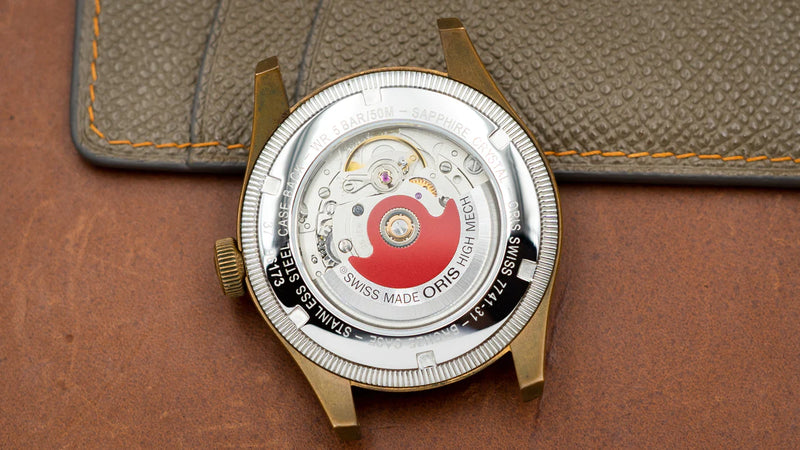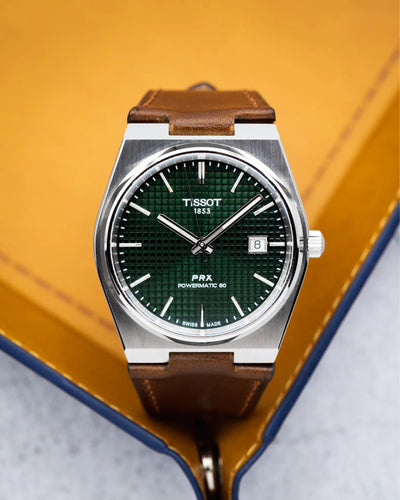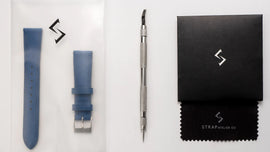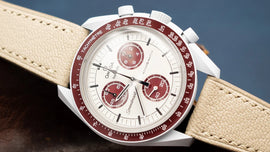
A detailed guide to movements of watches
A watch movement, also known as a calibre, is the driving force behind a watch that makes it work. It is the mechanism responsible for moving the hands and powering any added features such as a chronograph, annual calendar, or dual time zone. The movement is vital to keeping accurate time, as it drives all timekeeping functions within the watch.
Watch manufacturers create a wide range of movements that incorporate their own unique innovations. However, all watch movements can be divided into two main categories: quartz and mechanical.
One way to distinguish between a quartz and mechanical movement is by observing the second hand. On a quartz watch, the second-hand ticks once per second. While on a mechanical watch, the second-hand moves smoothly and continuously.
There are three types of watch movement: mechanical, quartz, and hybrid.
Mechanical movements

A mechanical watch movement is a type of internal mechanism that operates without the need for a battery.
Instead, it is powered by a wound mainspring that releases energy through a series of gears and an escapement. This regulates the movement of the hands, which display the time.
Here's how the mechanism works:
- The mainspring is tightly wound, either manually or through an automatic winding system, storing energy.
- This stored energy is then gradually released to drive the gears and the escapement, which regulate the movement of the hands.
- The escapement acts as a control mechanism, managing the flow of energy from the mainspring to the gears, which control the movement of the hands.
- The balance wheel oscillates consistently, guided by the gears and escapement, resulting in accurate timekeeping.
- The watch hands are connected to the gears and move in harmony with the balance wheel, showing the time.
Mechanical watch movements are revered for their traditional craftsmanship, and durability, and are often associated with luxury and sophistication.
Unlike quartz movements, they do not require a power source and will continue to run as long as the mainspring has energy stored. However, they may need more upkeep as the gears and escapement can accumulate dirt or debris, requiring cleaning or oiling.
Quartz movements

A quartz watch’s movement operates using an electronic oscillator that is regulated by a quartz crystal. Unlike mechanical movements, which are powered by a wound mainspring, quartz movements are powered by a battery.
Here's how it functions:
- The battery charges the quartz crystal in the movement, causing it to vibrate at a steady and precise frequency.
- This vibration generates an electrical signal processed by an integrated circuit.
- The integrated circuit then transforms the electrical signal into pulses, which drive the stepper motor that moves the hands.
- The stepper motor moves the hands in a step-by-step manner, ensuring accurate timekeeping.
- The battery provides energy to the quartz crystal and integrated circuit, maintaining movement and accurate time display.
Quartz watch movements are recognized for their accuracy and minimal maintenance needs, as they do not require winding or manual adjustment. However, the battery will need replacement after a certain period of time, usually after two to three years. Quartz movements can be found in both affordable and high-end luxury watches and are commonly used in everyday wear watches.
Hybrid movements

Source: Monochrome Watches
A hybrid watch movement is a fusion of a quartz and mechanical watch movement, blending the accuracy of the former with the traditional aesthetic of the latter.
This is how it operates:
- It has both a traditional mechanical gear train, powered by a mainspring and a quartz crystal oscillator.
- The mechanical gear train regulates the movement of the hands, similar to a mechanical watch.
- The quartz crystal oscillator continuously tracks the time, ensuring its accuracy.
- It also provides feedback to the mechanical gear train, correcting any timekeeping deviations.
- The outcome is a watch that possesses the traditional charm of a mechanical watch and the precision of a quartz watch.
A hybrid watch movement offers the best of both worlds, incorporating the timeless appeal of a mechanical watch with the low maintenance and accuracy of a quartz watch. They are typically more expensive than quartz movements, but less expensive than fully mechanical movements.
In addition, they may require more maintenance compared to a pure quartz movement, such as cleaning and oiling the mechanical gear train.
Conclusion
Ultimately, the best type of movement for an individual depends on their specific preferences, such as style, accuracy, maintenance, and cost. Consider your needs and wants when choosing the movement type that is right for you.




